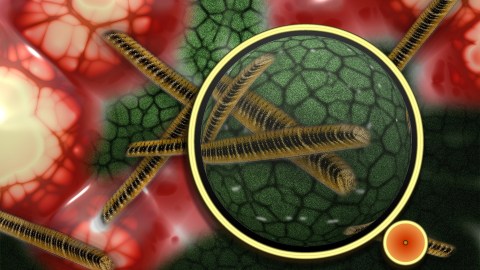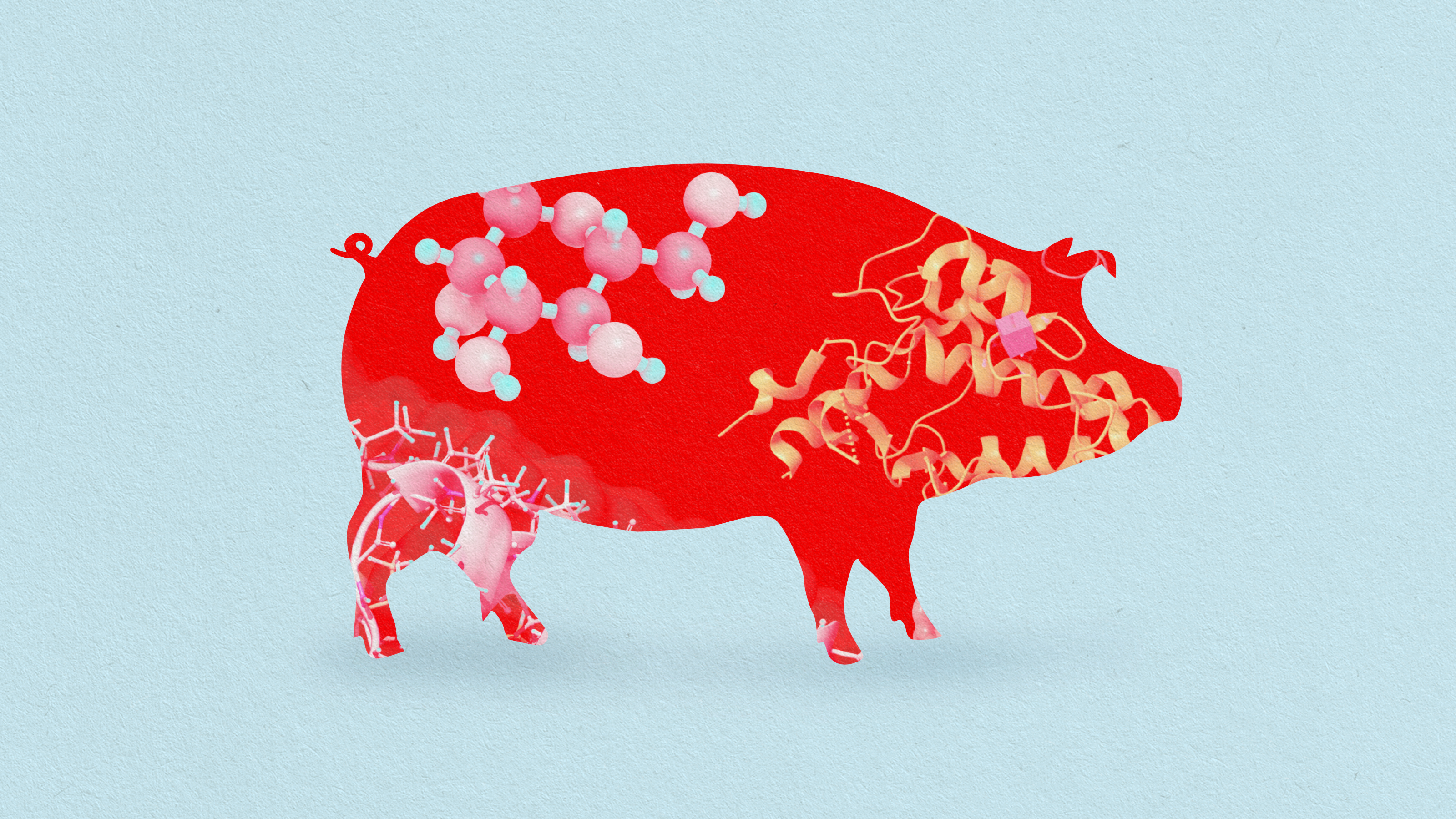Your Gut Bacteria May Determine How Much Weight You Can Lose

The bacteria in our gut may play a major role in the treatment of obesity and other metabolic disorders. The human gut microbiome – the microorganisms that inhabit our intestines – are important in preserving our health by affecting our nutrition, immunity and development.
While there are still not enough studies with human subjects in this novel field, those that exist, show promising results. A recently published one in the International Journal of Obesity found that the ratio of two particular groups of bacteria in our gut can predict the fat loss outcomes of subjects who switched their diet to the New Nordic Diet (NND).
The New Nordic Diet was developed three years ago by experts from the five Nordic countries in order to provide guidelines for healthier eating. The NND emphasizes local and seasonal foods, predominantly plant-based, such as roots and vegetables rich in fiber, and whole grains like rye and oats. The recommended meat comes from fish like salmon and herring or wild game like elk, which is low in fat. Due to the region’s climate it also includes a lot of wild foods and herbs like moss, mushrooms, nettles, chives and fennel.
In the study, scientists wanted to compare the effects of the NND with the Average Danish Diet (ADD) on people with “increased waist circumference” who adhered to it for 26 weeks. The NND’s macronutrient composition was higher in dietary fibre (43.3 vs. 28.6 g), higher in protein (18.1 vs. 16.4%), lower in fat (30.4 vs. 33.8%) and without differences in available carbohydrates.
62 of the 181 subjects that took part in the study, were randomly selected to provide fecal samples, based on which they were separated in two groups depending on the ratio of Prevotella spp. and Bacteroides spp (P/B ratio) – two specific groups of bacteria that inhabit the human gut.
Interestingly, the effect of the two diets depended on the ratio of these groups of bacteria. Among subjects with high P/B ratio, those on the NND had a 6.94 lbs larger body fat loss compared to those on the ADD. No difference between the fat loss outcomes of the two diets was observed among individuals with low P/B ratio.
Even more intriguing is the fact that during the one year follow-up period, the researchers found that subjects with the high P/B ratio who were recommended to change from the ADD to the NND maintained their weight, whereas subjects with the low P/B ratio with the same recommendation regained 6 lbs.
Lead study investigator Mads Fiil Hjorth, Ph.D., assistant professor in the department of nutrition, exercise, and sports at the University of Copenhagen told GEN:
“The study shows that only about half of the population will lose weight if they eat in accordance with the Danish national dietary recommendations and eat more fruit, vegetables, fibers, and whole grains. The other half of the population doesn’t seem to gain any benefit in weight from this change of diet. These people should focus on other diet and physical activity recommendations, until a strategy that works especially well for them is identified.”
At this point the scientists can only speculate about the mechanisms involved in the results of the study. Different gut bacteria may affect differently the way energy is metabolized from foods, the way fibre is utilized, and the way hormones affecting appetite are secreted. Regardless of the mechanisms, however, the P/B ratio in one’s gut could be used as a biomarker to predict weight loss success on a specific diet.





